Run the Jewels Howard the Duck
Extraits
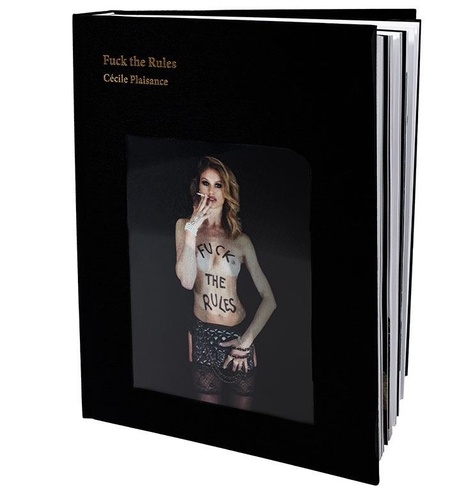
Monographies
Fuck The Rules. Fuck The Rules
10/2021
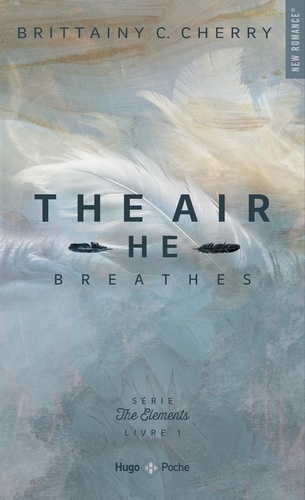
Roman d'amour, roman sentiment
The elements. The air he breathes
03/2024

Humour
What the Final Fuck !
11/2023
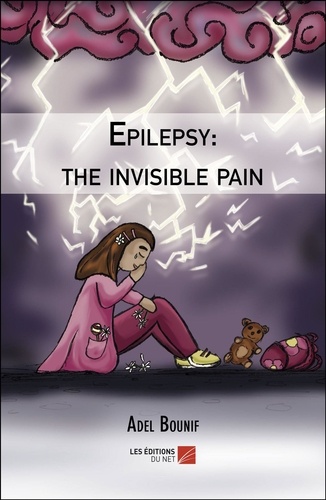
Poésie
Epilepsy: the invisible pain
01/2019
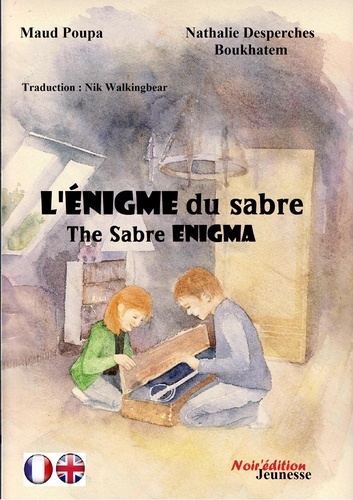
Lecture 6-9 ans
L'énigme du sabre. Edition bilingue français-anglais
06/2018
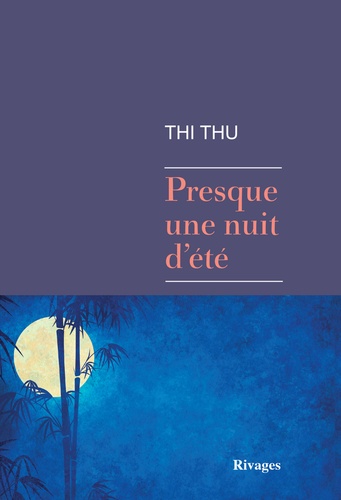
Littérature française
Presque une nuit d'été
08/2018
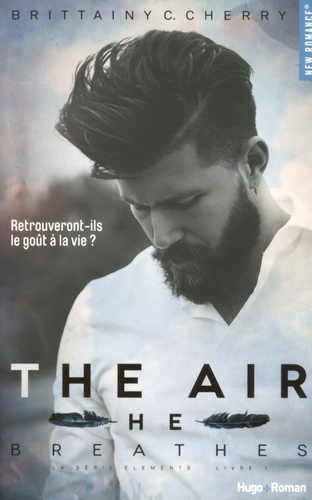
Littérature érotique et sentim
The elements Tome 1 : The air he breathes
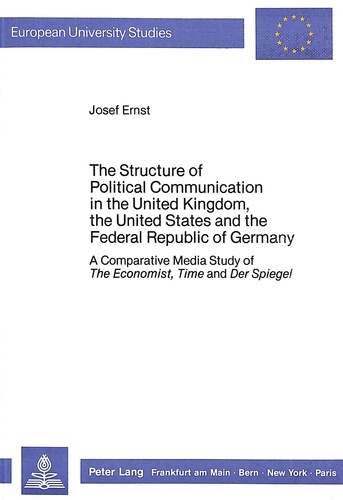
Sciences politiques
The Structure of Political Communication in the United Kingdom, the United States and the Federal Republic of Germany
11/1987
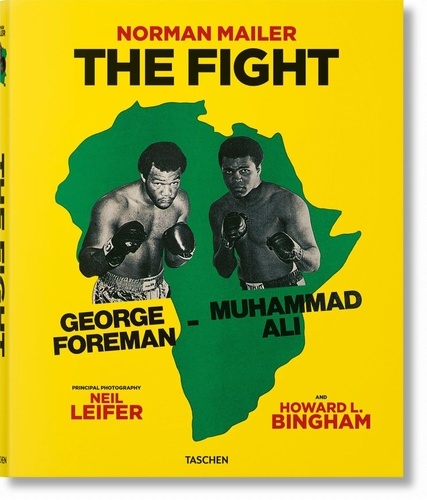
Beaux arts
Norman Mailer. Neil Leifer. Howard L. Bingham. The Fight
04/2022

Humour
What The Super Mega Fuck!
01/2021
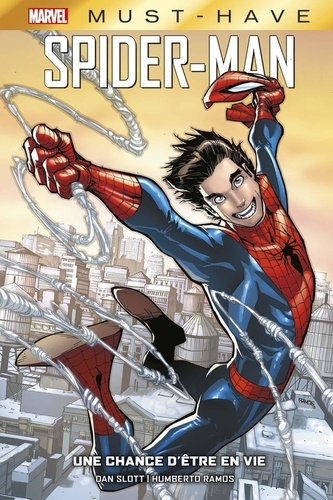
Comics Super-héros
Spider-Man : The Parker Luck
10/2022
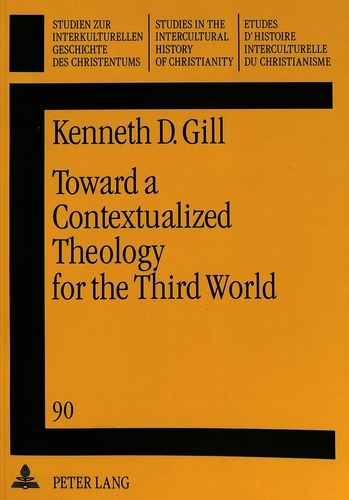
Non classé
Toward a Contextualized Theology for the Third World
03/1994
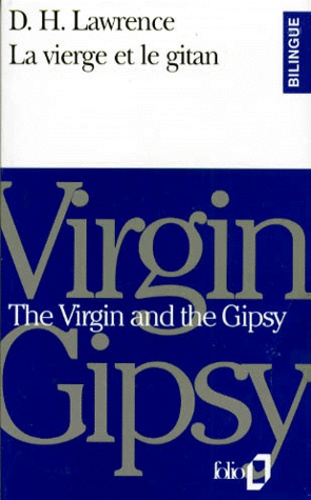
Anglais apprentissage
LA VIERGE ET LE GITAN : THE VIRGIN AND THE GIPSY
02/1993

Histoire et Philosophiesophie
The Undergrowth of Science. Delusion, self-deception and human frailty
01/2000

Humour
The What The Fuck ! Tome 4, La fin est proche
06/2021

Littérature française
The sun behind the clouds
07/2023

Romans, témoignages & Co
On the run
11/2021
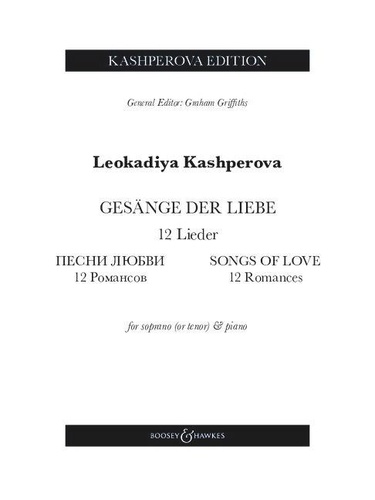
Musique classique
Songs of Love. 12 Romances. 12 Lieder. Soprano (tenor) and piano.
12/2023

Rock
The Pogues. Rum, Sodomy & The Lash
04/2023
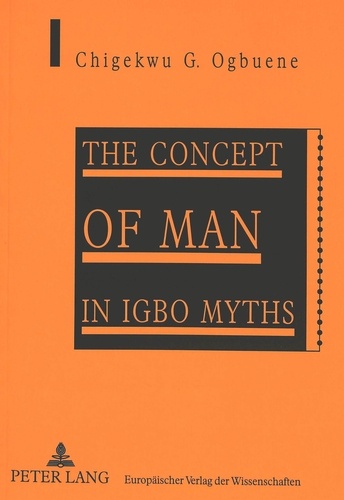
Non classé
The Concept of Man in Igbo Myths
11/1999
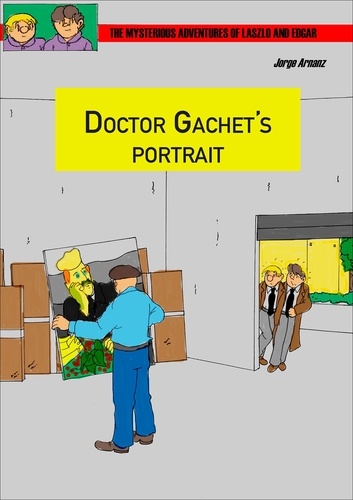
BD tout public
Doctor Gachet's portrait
01/2014
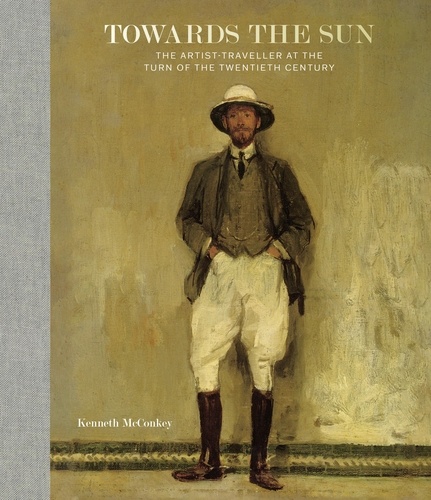
Monographies
Towards the Sun. The Artist - Traveller at the Turn of the Twentieth Century
11/2021
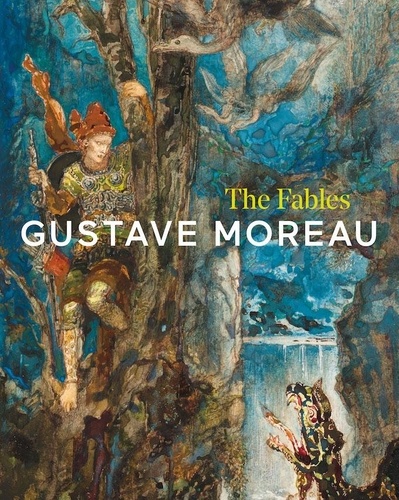
Monographies
Gustave Moreau. The Fables
08/2021
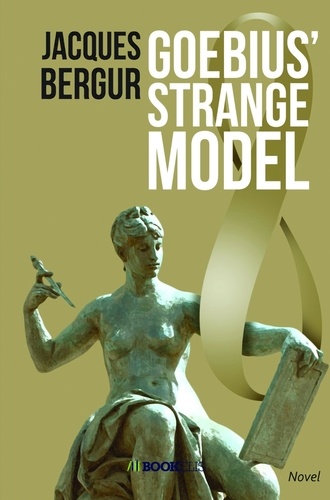
Policiers
Goebius' Strange Model
01/2020
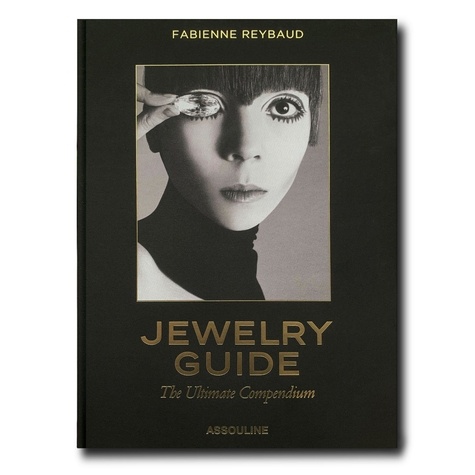
Bijouterie, horlogerie
Le Guide de la joaillerie. Pour les vrais amateurs
11/2022
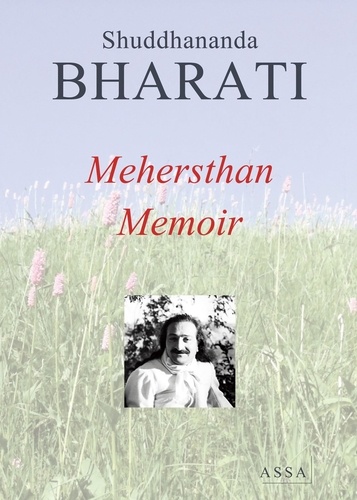
Littérature française
Mehersthan Memoir (Meher Baba)
07/2017
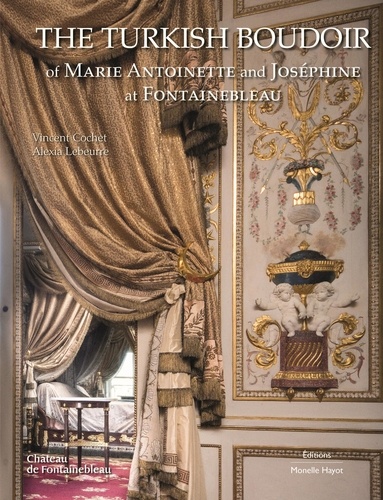
Architecture
The Turkish Boudoir of Marie Antoinette and Joséphine at Fontainebleau
03/2023
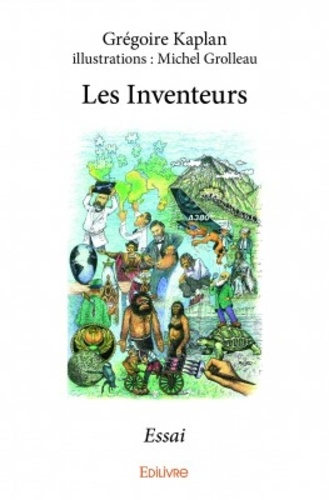
Littérature française
Les inventeurs. Essai
02/2017
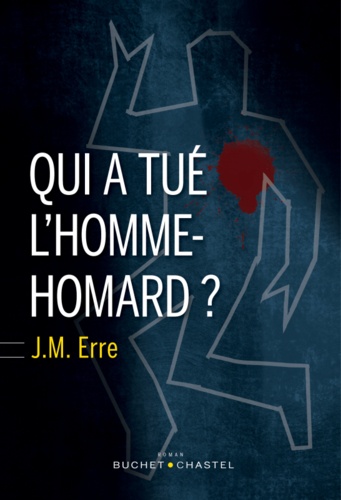
Policiers
Qui a tué l'homme-homard ?
02/2019

Histoire internationale
One Artist on Five Continents
12/2011
